The whole of the Netherlands seems to be captivated by the kingfisher (Alcedo atthis). Photos regularly appear on Facebook and Instagram. That’s not surprising because it’s a very beautiful bird. And it is a bird that – fortunately – could be seen a lot over the last years. It hasn’t always been that way. You can see the kingfisher year-round in the Netherlands. If you are lucky at least, because more often you’ll hear the shrill, high alarm call and the bird has already flown. A quick glance at the surface of the water and with a bit of luck you catch a glimpse of his bright blue back. A real blue flash as he swoops low over the water. The population of kingfishers has been growing again in recent years, after the population suffered a decline caused by a series of cold winters.
Icebird
In Dutch the name of the kingfisher is “ijsvogel”, what literally can be translated as “ice bird”. Although its Dutch name suggests otherwise, the little troublemaker doesn’t like frost at all. Kingfishers depend on catching fish for food and with severe frost, when their regular fishing spots are frozen over, they quickly lose their lives. Its French and English names are better chosen: martin-pêcheur and common kingfisher respectively. Also the scientific name Alcedo that Linnaeus created for the bird refers to his preferred food, because that literally means “king fisherman”. So why do the Dutch call him an “ice bird”? And the German call him a “eisvogel”, what also means “ice bird”? A long time ago their Germanic name was “eisenvogel”, in other words “iron bird”. Their metallic blue back matched the colour of the iron jewelry in that period. Later, due to changes in technology, the colour of the iron changed. But the “eisenvogel” kept its name. And because of the behavior of the bird in winter, when they are often fishing at the edge of a hole in the ice in a frantic attempt to survive the frost, our ancestors shortened its name to “eisvogel” and it became “ijsvogel” in Dutch.
Three hatches
In a severe winter, the population of kingfishers can decrease with 75%. In 2012 there were about a hundred pairs left in the Netherlands due to the very cold winters before. While in 2008 there were more than 1000 pairs. The mild winters of the last years ensured that the bird could pick up again from this dip. This and the fact that a kingfisher can have three hatches in a good year with four to eight eggs each. As often the case with larger clutches, not all chicks survive, but three successful hatches with a survival of four chicks each means that one breeding pair can increase the population of this beautiful birds by 12 birds in an single year. Almost immediately after fledging the young birds are driven out the territory of mom and dad to find a territory for themselves. The number of breeding pairs in the Netherlands now seems to be around 1000.
Kingfisher wall
As long as I have been birdwatching, I have known about the kingfisher. Of course, because they greatly speak to our imagination. This has, however, not translated in regularly spotting this bird. Only occasionally I would come across one. I remember, among other things, a small lake near the National Park Veluwezoom, where we would see a kingfisher every time we walked past. Or during our holiday in France where we stayed in an old water mill. In the early morning we could relax under the porch with a cup of coffee and enjoy the kingfishers flying bach and forth over the adjacent lake. When we moved to our current residence I also regularly also saw one at the canal or in a ditch nearby. They also showed up occasionally in our little local park. When, a few years ago, the Water Board decided that a new ditch had to be dug through the park behind our house, I immediately suggested to make a kingfisher wall from the tree stumps that would be removed.
Waiting for success
In August 2015 this ditch including the wall was realized. Almost immediately, kingfishers were seen and my wish was fulfilled. The male stayed in the area the entire winter and following spring I would regularly see two birds. The male was already busy digging a nest in the wall. Until they suddenly disappeared at the end of April. At the end of July the male fortunately returned, occasionally accompanied by a female. Males and females both have their own territory. At the end of the year they seek each other’s company, but they keep their own territory. In early spring they select a breeding spot. Unfortunately our kingfisher wall wasn’t chosen yet as a breeding site this year. Who knows in future? But I am already very happy, because now I see this beautiful bird almost every day. In fact, he has already shown himself in our backyard a few times. I would never have dreamed of this. Both the photos and the video I made at the kingfisher wall in the local park.
Sources:
This post was originally published in Dutch on September 30th 2016



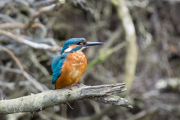
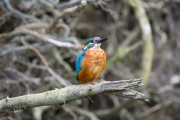
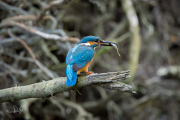
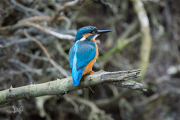
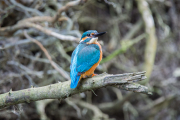
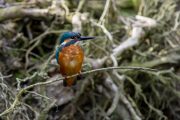
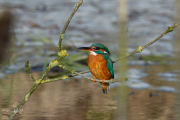
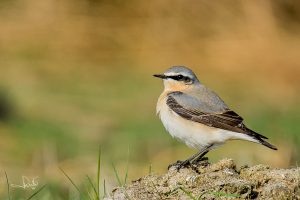
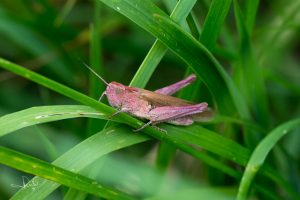
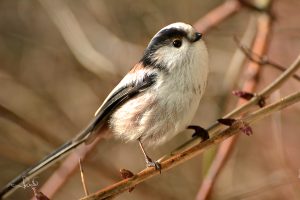
Really useful summary, we spotted one in delft and couldn’t believe it was a kingfisher/ijsvogel. Happy to know it was
Thanks Ellie! Nice that you saw one.
I am watching one by my pond in Gelderland. I didn’t know bright blue kingfishers like this were native in the Netherlands; I thought it must be an escaped exotic. I found your blog; thank you so much for the information!
Thanks Cynthia!
Very nice story/report and it gave me the answer to the question “why icebird?”
Thanks David!